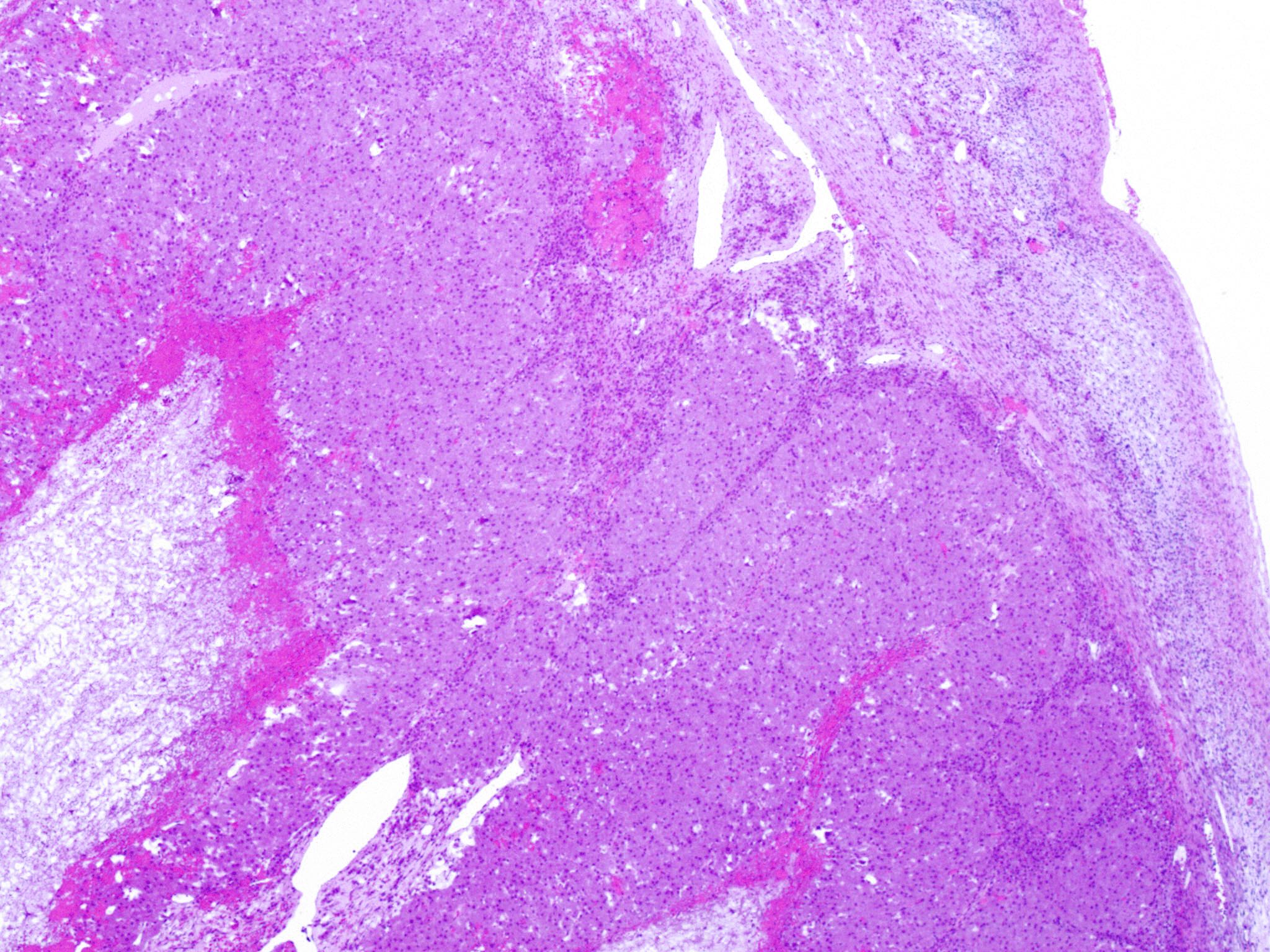

The cells that produce eggs or the cells that line the outside of the ovary are where pathological cysts originate. They may appear both before and after menopause. Ovarian cysts, also known as ovarian masses or adnexal masses, are frequently found incidentally in asymptomatic women. Each month, ovaries naturally grow cyst-like structures called follicles. The differential diagnosis between Mullerian and Gartner's duct cysts requires histochemical evaluation of epithelial mucin production. Pathological cysts: Unusual cell proliferation is the source of pathological cysts, which are unrelated to the menstrual cycle. Pathological cysts Functional cysts: Functional cysts are the most common type of ovarian cysts and they develop as a part of the normal menstrual cycle. In women under the age of 30, dermoid cysts are the most common type of pathological cysts. Bartholin's duct cysts were lined by transitional, mucin-rich columnar or squamous epithelium and were frequently accompanied by inflammation.īenign vaginal cysts are in the majority of cases asymptomatic and are often incidentally discovered during gynecological examination for other purposes. Cysts can develop from the stromal layer as well but they are rare. Epidermal inclusion cysts were lined by stratified non-keratinizing squamous epithelium. Pathological cysts are caused by either eggs or ovary cells that cover the outer part of the ovary. Mullerian cysts were lined by columnar endocervical-like or cuboidal epithelium, whereas Gartner's duct cysts were all lined by cuboidal epithelium. Most lesions were located in the left-lateral vaginal wall (13 cases, 32.50%). The cyst type which was more frequently associated with symptoms was Bartholin's duct cyst. The majority of patients were asymptomatic (31 cases, 77.5%). Patient age ranged from 20 to 75 years with a mean of 35 years, and a peak incidence between 31-40 years (13 cases, 32.5%). There were 12 cases of mullerian cysts (30.0%), 11 cases of Bartholin's duct cysts (27.5%), ten cases of epidermal inclusion cysts (25.0%), five cases of Gartner's duct cysts (12.5%), one endometrioid cyst (2.5%) and one unclassified cyst (2.5%). Pathological findings were correlated with the clinical records of the patients and histochemistry results.įorty cases of benign vaginal cysts were retrieved. We retrospectively studied all cases of benign vaginal cysts diagnosed in our laboratory over the last decade. To further study the clinicopathological features of benign vaginal cysts.


 0 kommentar(er)
0 kommentar(er)
